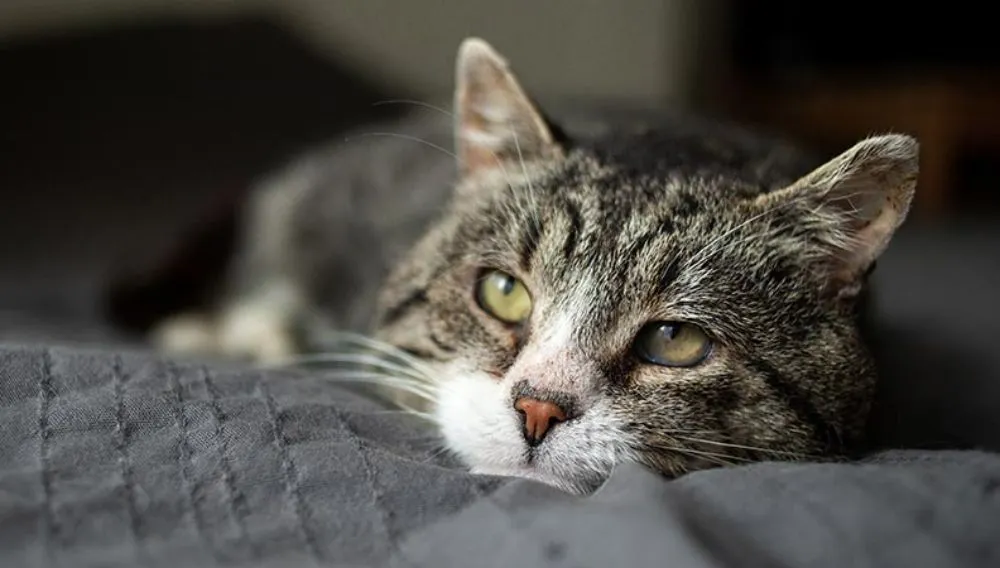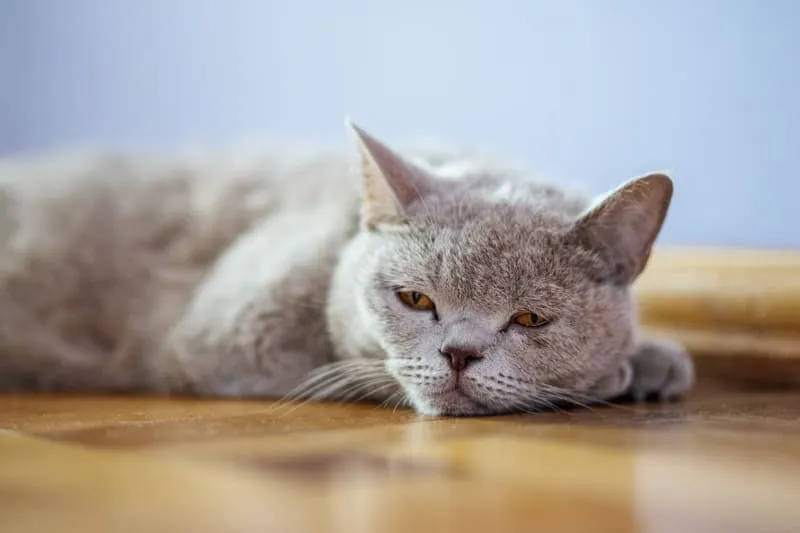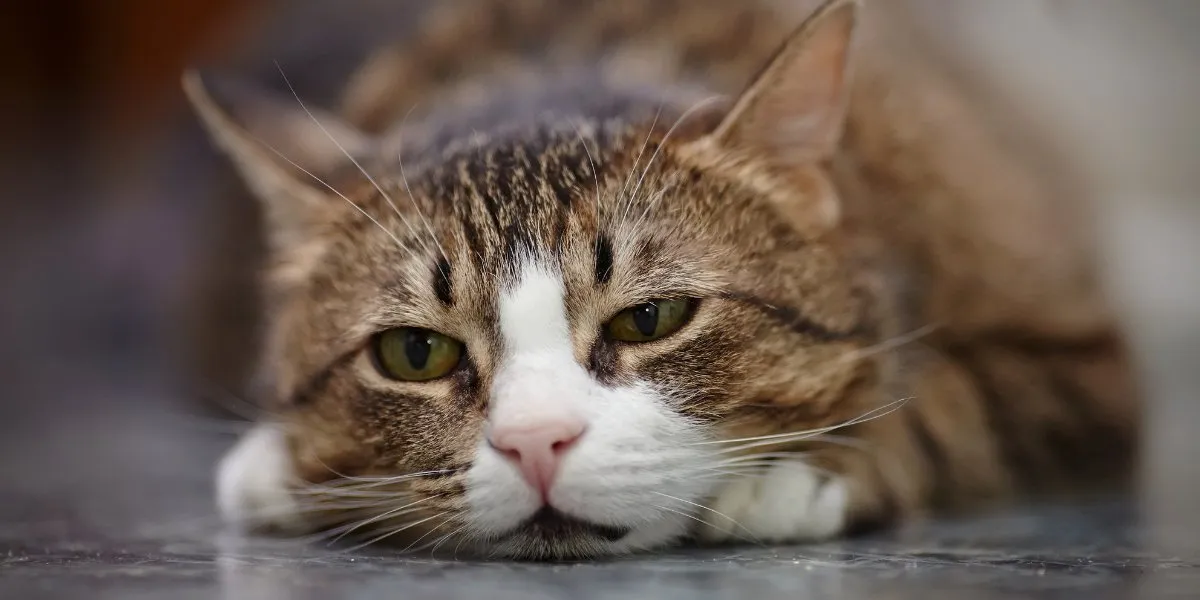Are you in any way noticing some signs of rabies in your cat’s eyes? Do you want to confirm and know the signs of rabies in cat eyes? Well, keep reading to know the several signs of rabies in cats.

Rabies is a severe and fatal viral disease that can affect various mammals, including cats.
It’s a zoonotic disease, meaning it can be transmitted to humans from cats.
As a responsible pet owner, understanding the signs and symptoms of rabies, particularly within a cat’s eyes, is crucial for both feline health and human safety.
Signs of Rabies in Cats Eyes

Rabies in cats can manifest in several ways, and identifying the signs, particularly in their eyes, is essential.
While no specific medical test can confirm rabies in a living cat, certain symptoms are indicative of the disease.
Here are the clear signs of rabies in cats’ eyes:
1. Excessive Tears from Their Eyes
Cats with rabies often display abnormal eye behaviors. Also, this eye behavior can include dilated pupils, eyes that seem glassy or lackluster, or excessive tear production.
Furthermore, if your cat is exhibiting sensitivity to light or squinting, it could be a potential indicator of an ocular issue related to rabies.
2. Noticing Changes in Eye Appearance
Rabies may cause noticeable changes in the appearance of a cat’s eyes.
A hazy or opaque look, redness, or even protrusion of the third eyelid can signal a problem.
Additionally, if you observe any visible lesions or sores around the eyes, it could be an indication of rabies infection.
3. Aggressive or Unusual Behavior From Your Cat
Behavioral changes are common in cats affected by rabies.
If your cat becomes unusually aggressive or exhibits unexplained restlessness or agitation, it could be a sign of the disease.
In addition, cats with rabies might also display uncoordinated movements, disorientation, or paralysis, often affecting their eyes and motor skills simultaneously.
4. Excessive Drooling and Difficulty Swallowing
Rabies can affect a cat’s ability to swallow, resulting in excessive drooling or foaming at the mouth.
This, coupled with difficulty in swallowing, can be a strong indicator of the disease.
Often, cats might paw at their mouths, indicative of discomfort and neurological impairment.
5. Changes in Their Vocal patterns
Cats with rabies might vocalize differently, exhibiting unusual sounds or even complete silence.
If your cat displays any change in their usual vocal patterns, it could be an indication of a health issue, including rabies.
6. Noticing Your Cat Exhibiting Seizures or Paralysis
Rabies can lead to neurological complications, resulting in seizures or even partial or complete paralysis.
Cats might experience tremors or sudden collapse, which could be accompanied by changes in their eye movements.
7. Noticing Fever and Weakness From Your Cat
Fever is a common sign of many illnesses, and it’s no different in the case of rabies.
An increase in body temperature coupled with overall weakness or lethargy might suggest the presence of this viral disease.
8. Disorientation and Confusion in Affected Cats
Rabies often leads to disorientation and confusion in affected cats.
Also, this could result in increased agitation, restlessness, or even an aversion to usual human contact.
Such behavioral changes can sometimes be observed through the cat’s eyes, reflecting their mental state.
In conclusion, it’s crucial to note that if you suspect any of these signs or symptoms in your cat, seeking immediate veterinary care is paramount.
Rabies is a fatal disease with no cure once symptoms appear. Prompt action can prevent the spread of this highly infectious disease and ensure your cat’s well-being.
Related Searches:

Leave a Reply